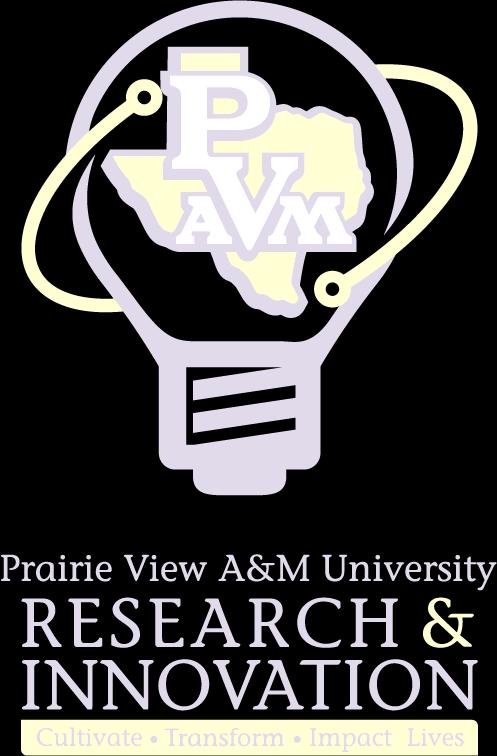
1 minute read
Daija Bullock-Marable
from 2021 Research & Innovation Week- Undergraduate Student Research Booklet- Prairie View A&M University
Development of Plant Natural Products having Antidiabetic Potential and Antihypertensive Therapy and Chronic Diseases Daija Bullock-Marable and Sameh Abdelwahed (Faculty Mentor) Prairie View A&M University Undergraduate Research, Chemistry
Background: Since medieval ages, herbs were used for the treatment of different diseases. Since then, the use of herbs has given rise to the treatment of various modern diseases as well. Most of the modern FDA approved drugs can be sourced back to plants. Hibiscus sabdariffa and Ginger is used for the management of high blood pressure, fever, and other diseases like diabetes1.Our research is focusing on synthesis of Gingerol, the bioactive compound that s found in ginger, by using a simple and efficient synthetic rout starting from commercially available vanillin. Gingerol could be used also as an antibiotic agent, which encourages us to synthesize this compound in our lab. Aim: Based on our computational study, our hypothesis that Gingerol could be used as a drug for antidiabetic potential and antihypertensive. Materials and methods: A general synthetic strategy, based on preliminary results, will be carried out for preparation of the most promised compounds, for example, a possible synthesis of 6-Gingerol starts with a claisen condensation of vanillin and acetone to yield dehydrozingerone which could be reduced and react with hexanal via Witting reaction and then hydrolyzed to 6-Gingerol2 .
Me O O H
HO + O
Base Me O
HO O
Reduction Me O
HO O
Witting Reaction
O
Me O
HO O OH
6-Gingerol Hydrolysis Me O
HO O
Results: We have successfully preparing all of the compounds that were needed with good yield and we are working with the last step to synthetize the Gingerol. Conclusion: Currently, we are in the process of completing gingerol, which we have attempted to prepare by two different methods. When done we will seek collaboration to test the effects of the gingerol as an antidiabetic agent.
Keywords: Plants, traditional medicine, diseases.
19 | Page







